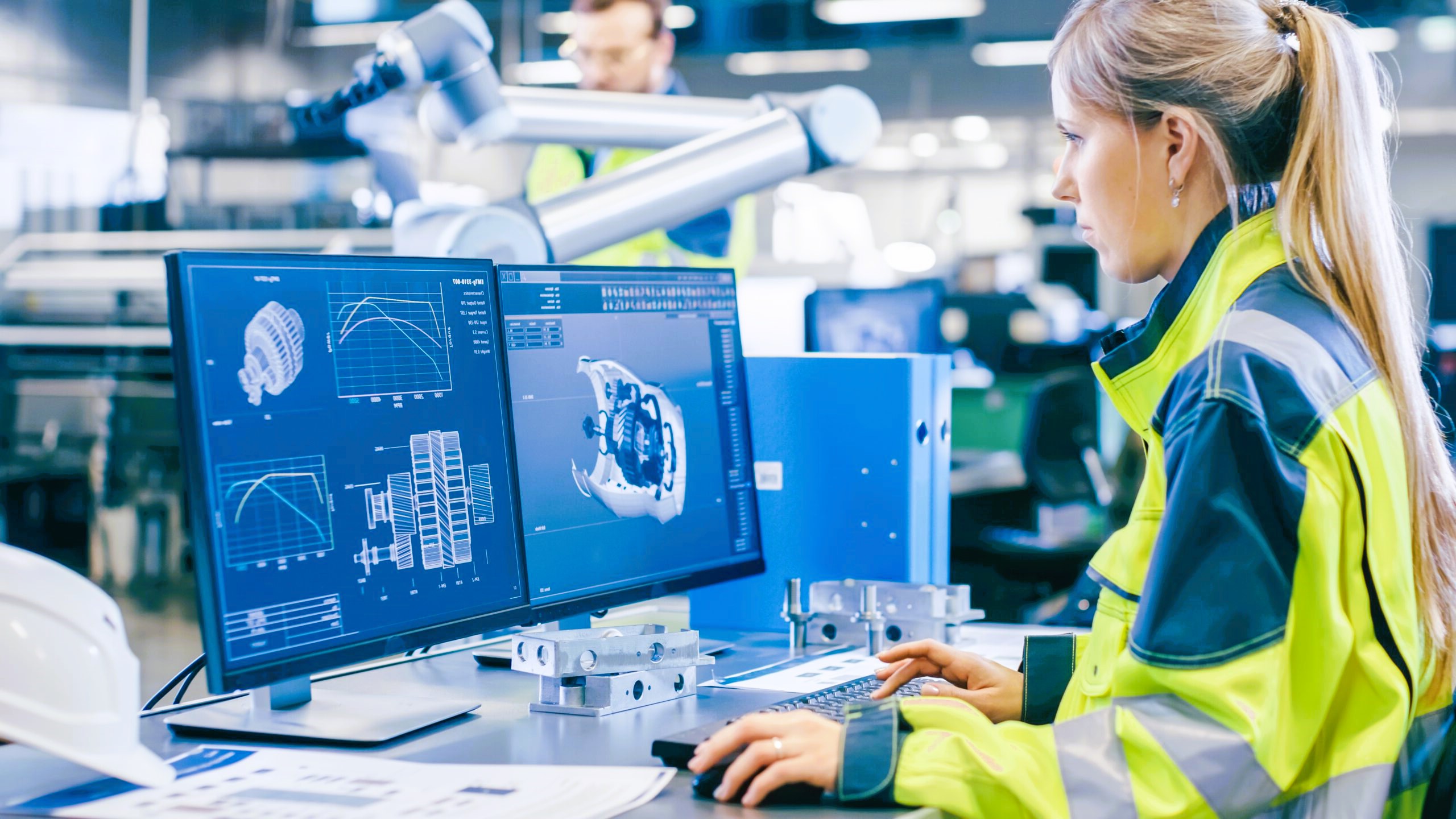Innovative Technologies Transforming Construction Data Analysis
The construction industry has seen a remarkable transformation in recent years, driven by innovative technologies that have revolutionized the way construction data is collected, analyzed, and utilized. In this article, we will explore the cutting-edge technologies that are reshaping construction data analysis, improving efficiency, accuracy, and decision-making in the industry.
The Importance of Data Analysis in Construction
Data analysis plays a critical role in the construction industry, as it provides valuable insights into project performance, resource allocation, cost management, and safety monitoring. Historically, data collection and analysis in construction relied heavily on manual processes, which were often time-consuming and prone to errors. However, advancements in technology are changing the game.
1. Building Information Modeling (BIM)
Building Information Modeling (BIM) is a digital representation of a building’s physical and functional characteristics. BIM technology allows architects, engineers, and construction professionals to collaborate in a virtual environment, creating a comprehensive 3D model of a construction project. BIM enhances data analysis by providing real-time information about the project’s design, scheduling, cost, and materials. It allows for better decision-making, clash detection, and improved coordination among project stakeholders.
Link to BIM: Building Information Modeling – Wikipedia
2. Internet of Things (IoT)
The Internet of Things (IoT) has revolutionized construction data collection. IoT devices, including sensors, wearables, and equipment, are now embedded on construction sites and in machinery. These devices collect real-time data on everything from worker safety and equipment performance to environmental conditions. IoT data is transmitted to centralized systems, enabling construction managers to monitor and analyze project parameters remotely. This technology enhances safety, reduces downtime, and optimizes resource utilization.
3. Drones and Aerial Imaging

Drones equipped with high-resolution cameras and other sensors have become indispensable tools in construction data analysis. They capture aerial images and 3D models of construction sites, providing project managers with a bird’s-eye view of progress. Drones help monitor site conditions, track project milestones, and assess safety compliance. Aerial imaging enhances data analysis by offering a comprehensive and up-to-date visual perspective of construction activities.
4. Mobile Apps and Field Data Collection
The proliferation of smartphones and tablets has led to the development of mobile applications designed specifically for construction data collection. Construction workers can use these apps to input data, record observations, and access project information while on the job site. Mobile apps facilitate real-time communication and data sharing among team members, improving collaboration and streamlining data analysis. Construction Industry Trends: Statistical Review.
5. Data Analytics and Artificial Intelligence (AI)
Data analytics and AI have ushered in a new era of construction data analysis. Advanced algorithms process vast amounts of construction data, identifying trends, anomalies, and opportunities for improvement. Predictive analytics can forecast project delays, cost overruns, and safety hazards, allowing for proactive measures. AI-powered tools optimize construction schedules, resource allocation, and risk management.
6. Augmented Reality (AR)
Augmented Reality (AR) technology is being integrated into construction data analysis. AR overlays digital information onto the physical world, providing on-site workers with real-time data and visual instructions. This technology enhances decision-making, reduces errors, and improves the efficiency of construction tasks. AR is particularly useful for complex projects and design reviews.
7. Blockchain for Data Security
As data analysis becomes more reliant on digital records and information sharing, blockchain technology is gaining traction in construction. Blockchain offers secure, transparent, and immutable data storage and sharing. It ensures the integrity and authenticity of construction data, preventing unauthorized changes or data breaches.
8. Robotics and Automation

Robotics and automation are making their mark in construction data analysis. Autonomous construction equipment and robotic site inspections improve data collection efficiency and accuracy. Robots equipped with sensors and cameras can perform tasks such as site surveys, material inventory management, and structural inspections.
The Future of Construction Data Analysis
As technology continues to advance, the future of construction data analysis holds even more exciting developments. Some emerging trends include:
- Big Data Integration: The construction industry is generating vast amounts of data. Integrating and analyzing this data efficiently will become increasingly important for informed decision-making.
- Environmental Data Analysis: Construction data analysis will focus on environmental impact assessments, tracking carbon emissions, and promoting sustainable construction practices.
- Digital Twins: Building and infrastructure “digital twins” will provide real-time insights into performance, enabling data-driven decision-making for maintenance and optimization.
- Regulatory Compliance: Data analysis will help construction companies ensure compliance with evolving safety, environmental, and quality regulations.
In conclusion, innovative technologies are transforming construction data analysis, enabling construction professionals to make more informed decisions, improve efficiency, and enhance safety. These technologies have the potential to reshape the construction industry, making it more data-driven, collaborative, and sustainable.
